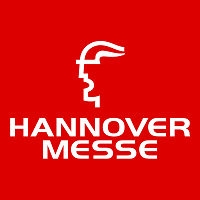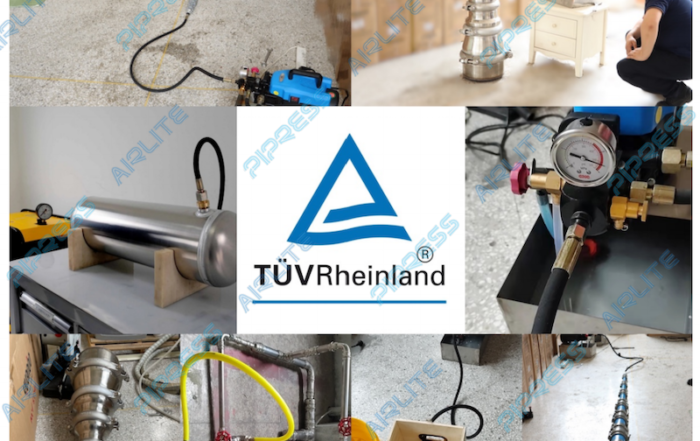PiPress Carbon Steel Press Fittings VS Traditional Pipe Fittings
Comparing PiPress carbon steel press fittings to traditional pipe fittings like those used in welding or threading involves understanding their differences in installation method, performance, and suitability for various applications:
- Installation Method:
- Carbon Steel Press Fittings: Installed using a press tool that crimps the fitting onto the pipe, creating a secure, leak-proof connection without the need for welding, soldering, or threading.
- Traditional Pipe Fittings: Require welding, soldering, or threading to join pipes together, which can be labor-intensive and time-consuming.
- Ease of Installation:
- Carbon Steel Press Fittings: Offer faster and easier installation compared to traditional fittings, reducing labor costs and project timelines.
- Traditional Pipe Fittings: Often require skilled labor and specialized equipment, which can increase installation time and costs.
- Leak Resistance:
- Carbon Steel Press Fittings: Provide reliable, leak-resistant connections when installed correctly, minimizing the risk of leaks compared to traditional fittings.
- Traditional Pipe Fittings: May be more prone to leaks if not installed properly, especially in high-pressure or critical applications.
- Versatility:
- Carbon Steel Press Fittings: Compatible with various pipe materials such as carbon steel, stainless steel, copper, and PEX, offering versatility in different applications.
- Traditional Pipe Fittings: Typically limited to specific pipe materials and may require different techniques or fittings for each material.
- Corrosion Resistance:
- Carbon Steel Press Fittings: Available in corrosion-resistant coatings or materials, enhancing durability and longevity in corrosive environments.
- Traditional Pipe Fittings: Susceptible to corrosion, especially if not properly protected or maintained, which can lead to premature failure and system damage.
- Cost:
- Carbon Steel Press Fittings: Initial cost may be higher due to the need for specialized press tools, but savings can be realized through reduced labor costs and faster installation times.
- Traditional Pipe Fittings: Generally lower initial cost but may incur higher labor expenses and longer installation times, particularly for complex or large-scale projects.
- Maintenance:
- Carbon Steel Press Fittings: Require minimal maintenance once installed, as they offer reliable, long-term performance with fewer potential failure points.
- Traditional Pipe Fittings: May require periodic inspection, maintenance, or repairs to address issues such as leaks, corrosion, or joint failures.
Ultimately, the choice between carbon steel press fittings and traditional pipe fittings depends on factors such as project requirements, budget constraints, installation preferences, and the specific needs of the application.




